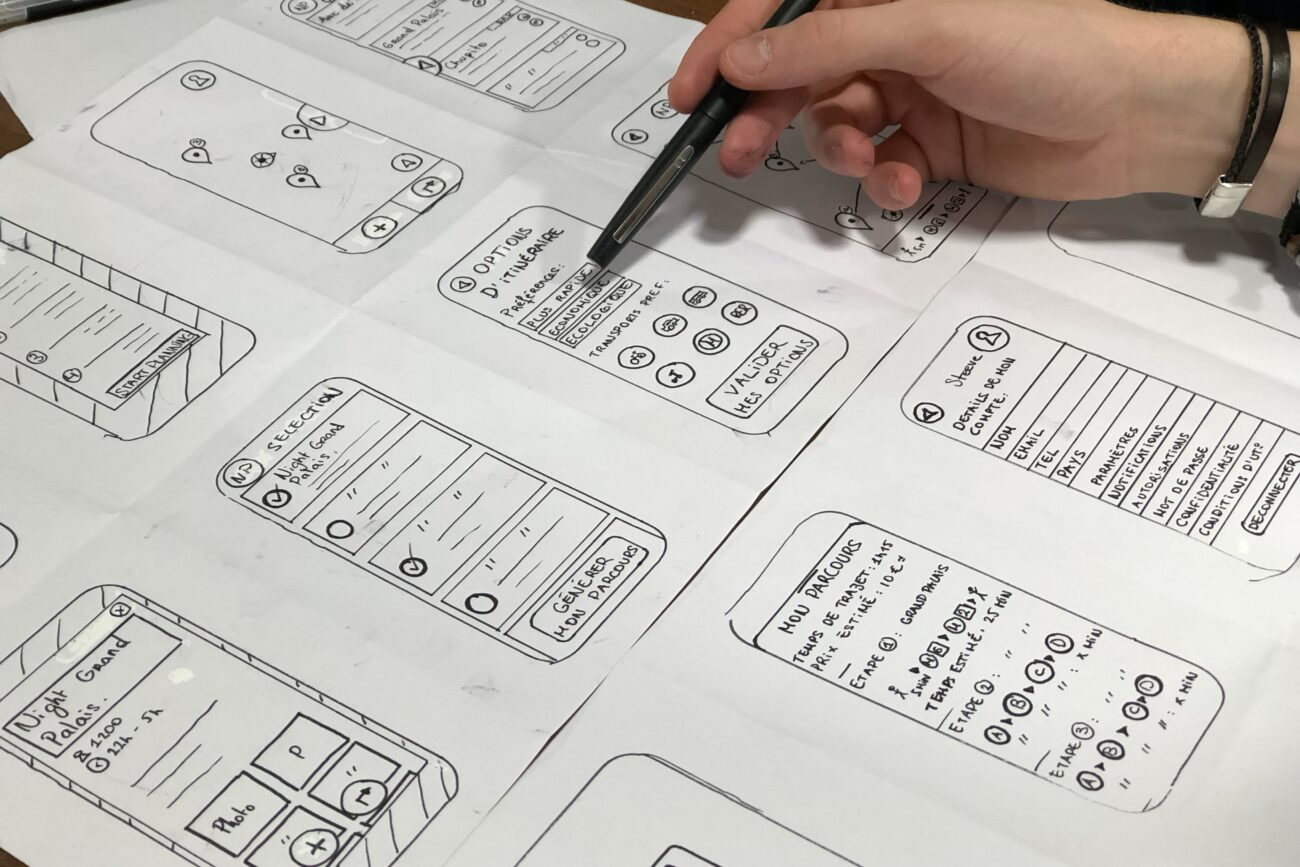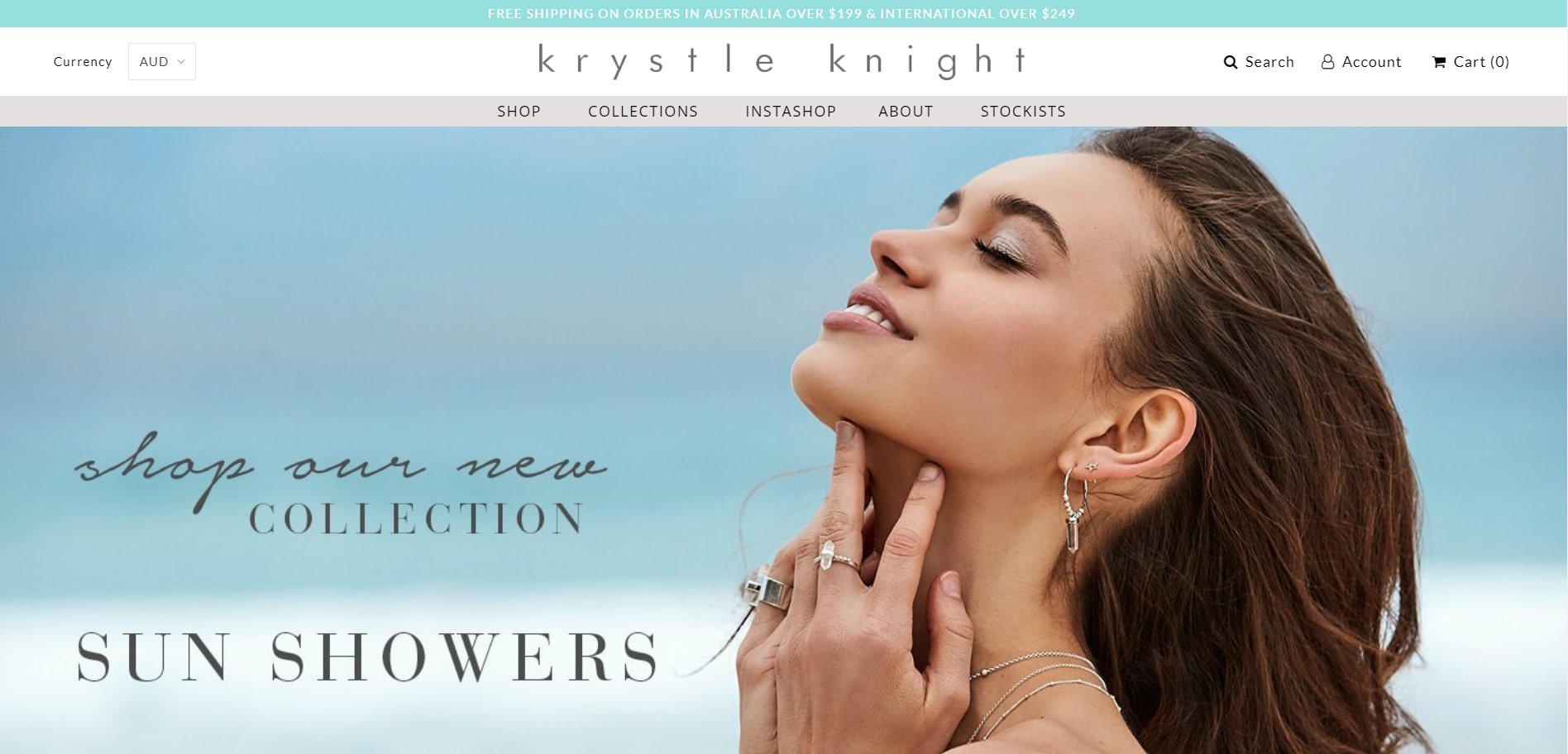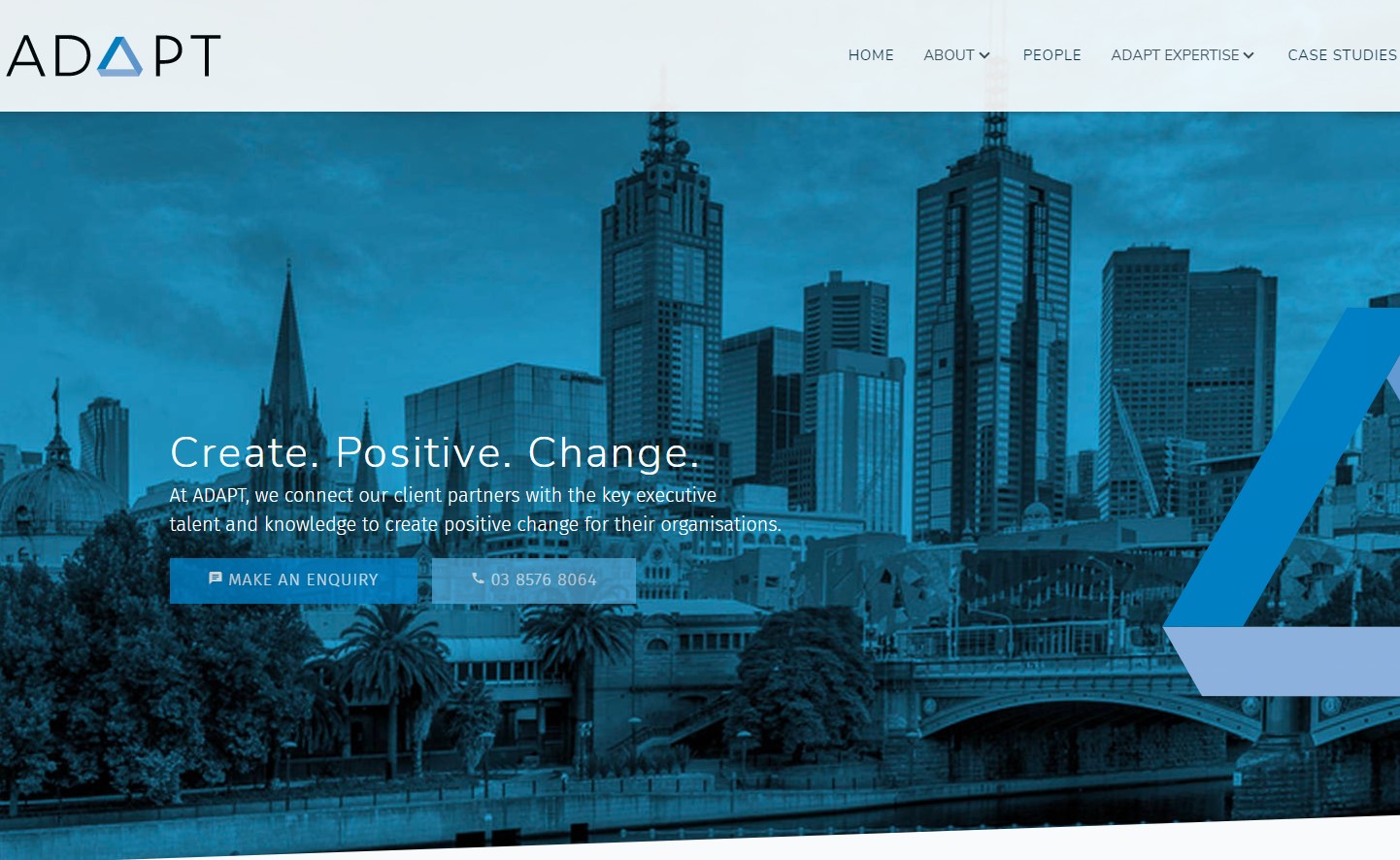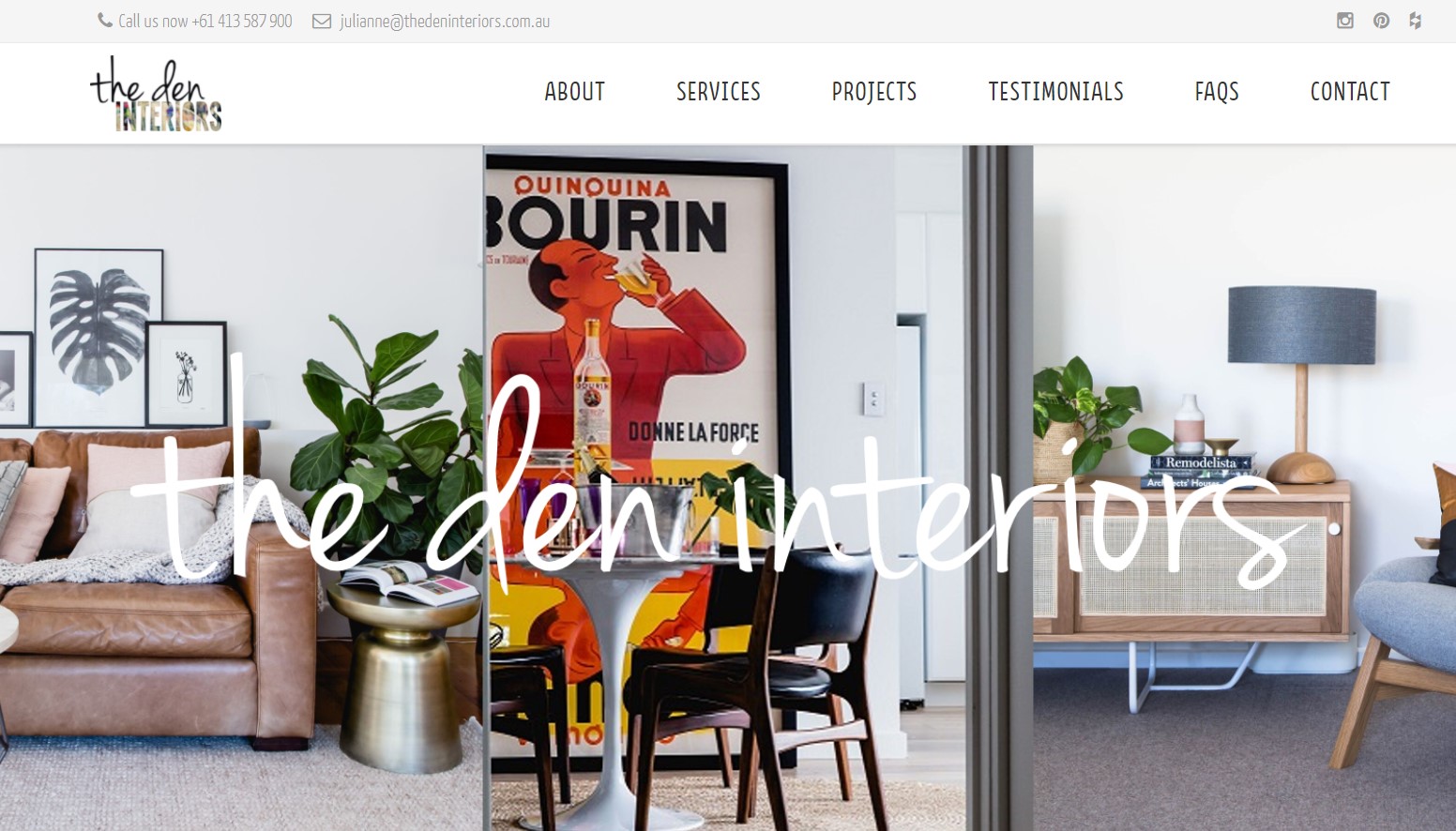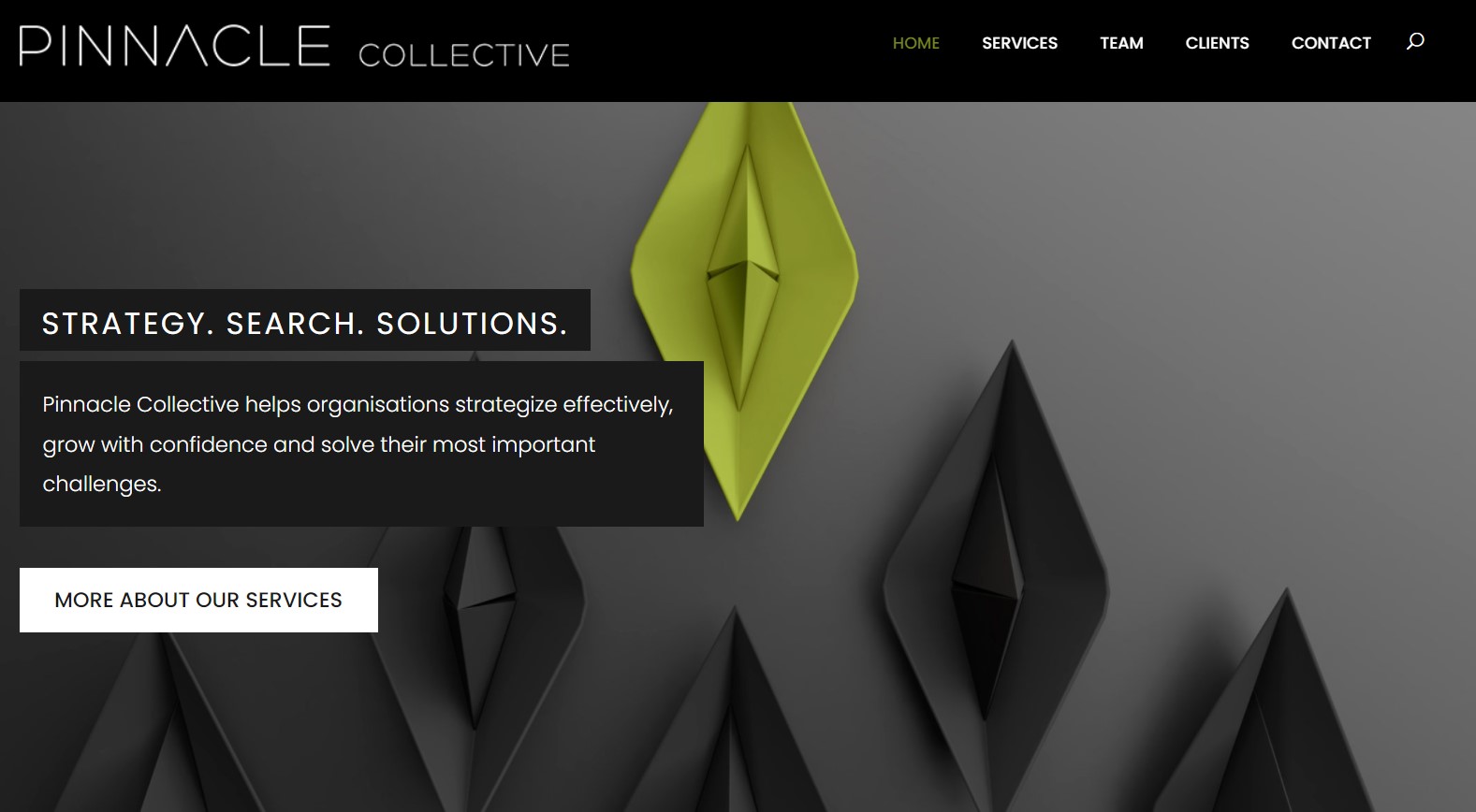1. UX (User Experience)
User Experience is the bedrock upon which successful web design stands. It revolves around crafting intuitive, enjoyable, and meaningful interactions for website visitors. Key considerations include:
- User-Centric Design:
Put users at the forefront of design decisions, ensuring that every element caters to their needs and preferences. - Competitor Research
Study your industry peers to identify opportunities for differentiation and innovation. - Content Strategy:
Plan what content to feature, how it aligns with your brand voice, and how it will engage your audience. - User Experience (UX):
Map out the user journey, ensuring that every interaction is intuitive, efficient, and enjoyable. - SEO Strategy:
Implement SEO best practices to improve your website's discoverability on search engines.
2. Design:
Design is the artistic expression that breathes life into your web presence. It encompasses visual aesthetics, branding, and the emotional connection users forge with your site. Consider the following aspects:
- Visual Identity:
Develop a consistent visual identity that reflects your brand's personality and values. - Color Palette and Typography:
Choose a harmonious color scheme and typography that enhances readability and conveys your brand's tone. - Imagery and Multimedia:
Select high-quality images, graphics, and multimedia that resonate with your target audience and reinforce your message. - Whitespace and Layout:
Create balanced layouts that utilize whitespace effectively, providing clarity and focus to your content. - Responsive Design:
Ensure your design adapts seamlessly to various screen sizes, from desktop to mobile devices.
3. Technology:
Technology empowers web design by enabling functionality, interactivity, and a seamless user experience. It’s the engine that drives your digital presence. Key considerations include:
- Development Frameworks:
Choose the right technology stack, such as HTML5, CSS3, JavaScript, and frameworks like React or Angular, to build responsive and interactive websites. - Cross-Browser Compatibility:
Ensure your website functions flawlessly across different web browsers. - Security:
Implement robust security measures to protect user data and maintain user trust. - Content Management Systems (CMS):
Utilize CMS platforms like WordPress or Drupal for efficient content updates. - Integration:
Seamlessly integrate third-party services, APIs, and databases to enhance website functionality.
In summary, the convergence of UX, Design, and Technology is where extraordinary web design takes shape. An exceptional user experience, driven by user-centric design principles, harmoniously married with innovative technology, ensures your website not only looks stunning but also functions seamlessly and effectively. This synergy fosters lasting connections with your audience and positions your web presence for success in the digital landscape.


